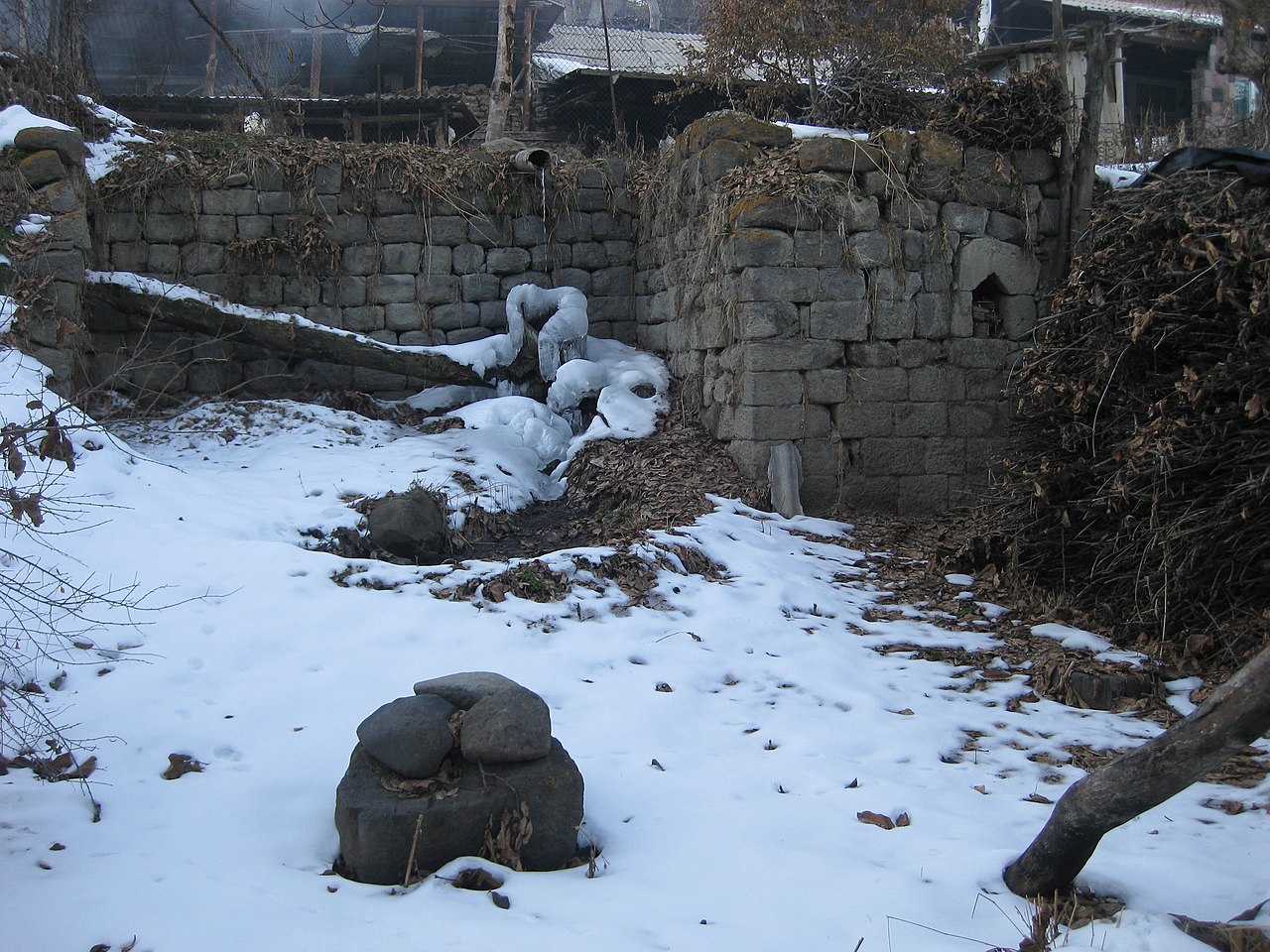Hors village monuments
In the village of Hors in Keshikand (Yeghegnadzor) district of Daralayaz mahal.
In 1728, it was mentioned as Khors in the “Iravan governorate review notebook”.
Architecture
A part of the rich historical monuments, which include the remains of the Albanian church, the Oghuz cemetery, the remains of the buildings of the ancient Oral Malukh and Gushkhana villages (XIII-XIV centuries), were appropriated by adding Armenian elements, and the rest was completely destroyed .
The village name was first mentioned in historical sources in the 10th century. In this ancient Azerbaijani village, there are many historical monuments of the 12th-14th centuries, remains of the Albanian church, Oghuz cemetery, remains of the buildings of the ancient villages of Oral Malukh and Gushkhana (13th-14th centuries). At the end of 1919, the inhabitants of the village were attacked by Armenians and completely expelled. Armenians from Iran were settled in the village. After the establishment of the Soviet government in present-day Armenia, survived Azerbaijanis villagers were able to return to their homeland. Along with Armenians, 192 Azerbaijanis lived here in 1922, 172 in 1926, and 234 in 1931. In November 1988, Azerbaijanis were expelled again. Now Armenians live there.
The toponym khors was formed on the basis of the Turkish ethnonym. In the Azerbaijani language, q~x~h sound replacement is regular. The ethnonym Khors (hors) is also mentioned in the forms gors, khoros, khurs.
























